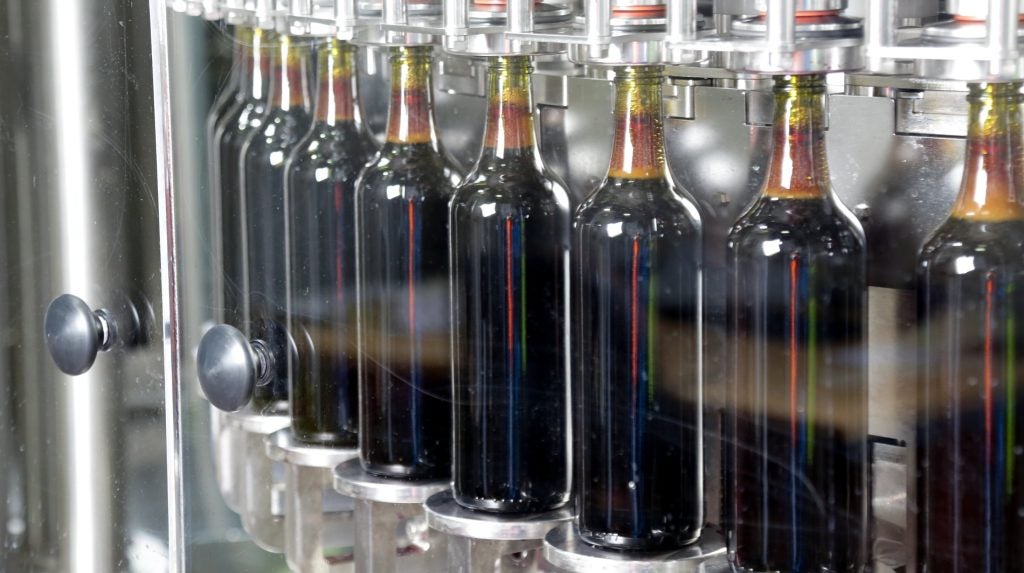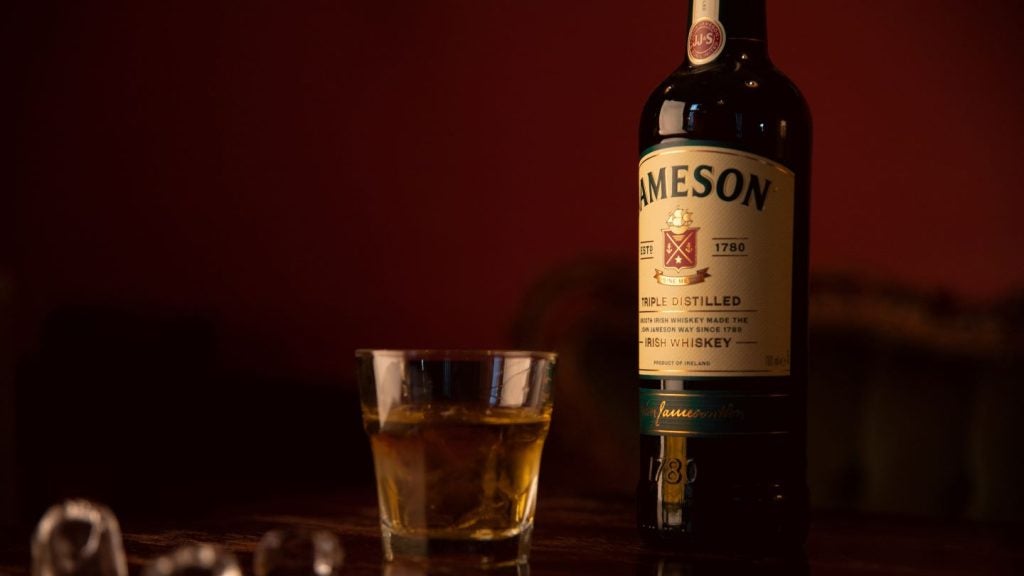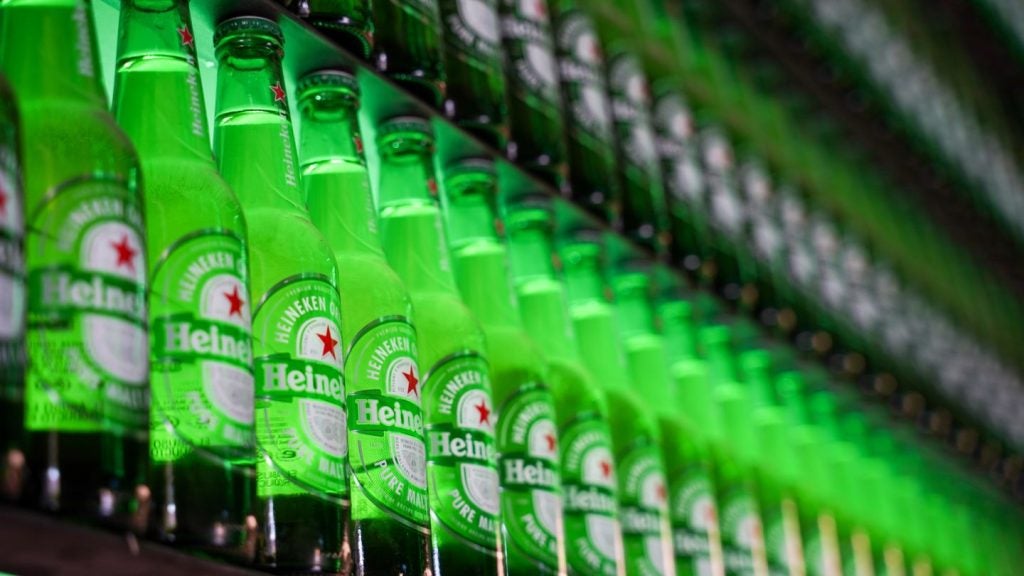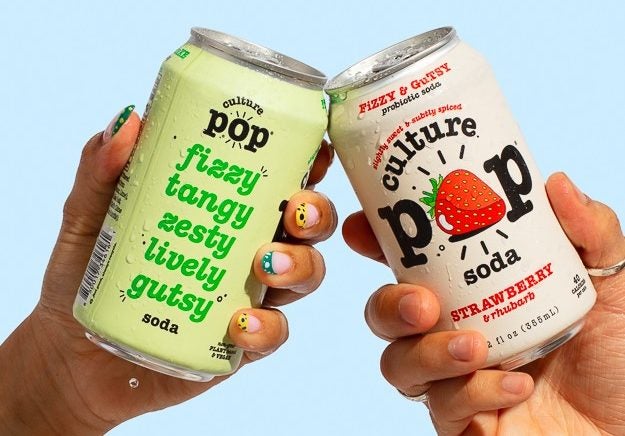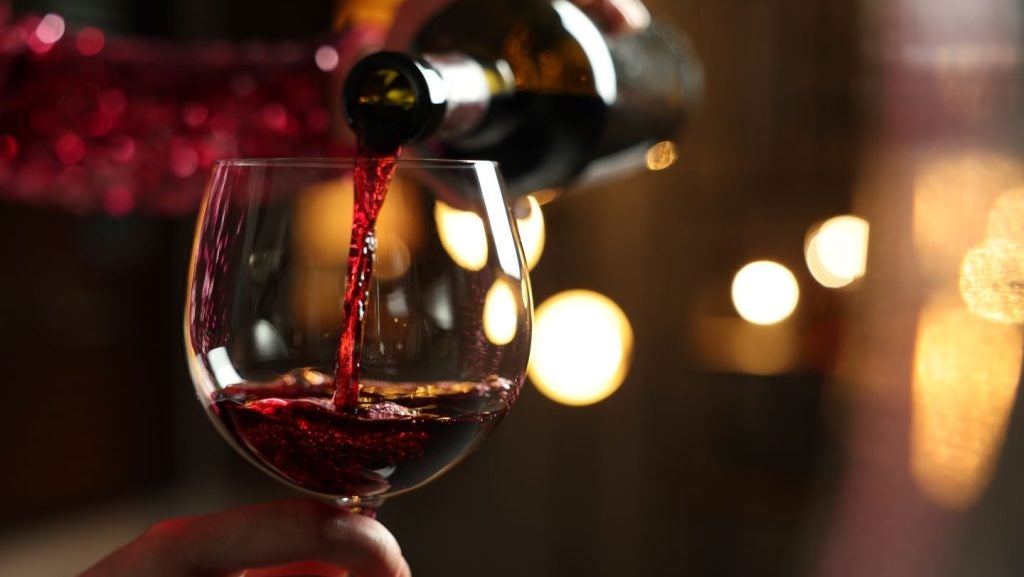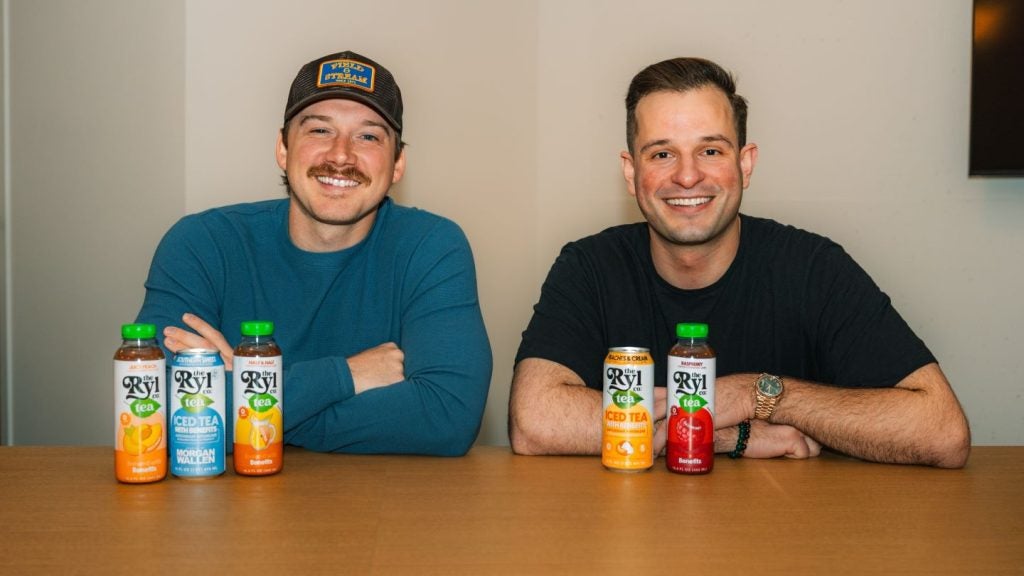‘Mis en gros réservoir au château’ admittedly isn’t as sexy as the usual mis en bouteille but it could denote a wine of equal quality. Thanks to technological advancements in the past few decades, bulk-shipped wine is no longer the domain of solely cheaper, lower-quality stuff – and many feel quality is better safeguarded during transit in bulk than bottle.
“We receive over 5,000 tanks a year and 400 tanks a month of good-quality wine which has been transported in bulk,” says James Elliot, quality assurance and compliance manager at UK-based Greencroft Bottling.
“If the wine is of good quality, has been loaded into the bulk vessel following quality-control measures and the container is secure during transport, then the wine will reach us in the same quality it left the winery – this is exactly the same if the wine has been bottled at source and shipped to the UK in a container.”
Of course, it is unlikely you will find bulk fine wines shipped deep-sea via DHL. But that’s not for lack of technical prowess.
“Bulk wines are fast-moving products designed to sell quickly,” explains Emma Campbell, marketing manager at UK merchant Lanchester Wines. “It’s not really possible to transport ultra-high-value wines in bulk – not at all because of the quality but purely the slower rate of sale which would impact warehousing, not to mention the high monetary value of those bottles which you might not recoup for years.”
Optimising stability
Developments in stabilisation technology have allowed winemakers to prevent chemical changes during transit and reduce the need for post-shipping tweaks. “It makes the wine more bottle-ready when it arrives [in market]” explains Tony Stephen, chief sales officer at Scheid Family Wines.
The California-based company produces custom and bulk wine alongside winery-bottled brands and uses electrodialysis to stabilise its bulk wines for travel. This process uses an electric field to remove tartrate ions, preventing the formation of crystals during transportation. (While tartrate crystals are not dangerous or damaging, bulk buyers usually favour wine clarity.)
Winemakers can also use cold stabilisation to remove tartrates – chilling the wine to encourage the formation of crystals before filtering them out. But electrodialysis technology is quicker, more precise and more energy efficient. It does not require additives and leads to less wastage.
Fans of electrodialysis also say it also improves quality. VAF Memstar, which runs a mobile-filtration service in Australia, describes electrodialysis as “one of the least understood yet powerful processes in wine treatment”.
“It can lower the pH of the wine which helps make the wine look fresher,” Matthew Hooper, managing director at VAF Memstar, explains. “It also takes out other ions such as calcium, sodium, magnesium etc., which allows a better expression of the fruit.”
Quality samples
Bulk producers making wine to spec will often send samples to prospective buyers. Samples are produced in a small batch to order, rather than being taken from a pre-existing tank of wine.
One common tool is WineScan, made by Danish manufacturer Foss. The machine uses infrared scanning to analyse wine samples for things like alcohol, pH, sugars, tartaric acid and malic acid.
“When you don't have to run an analysis manually, it's much easier to blend the product, make decisions, catch issues before they arrive,” says Stephen at Scheid. “All those things lead to a higher-quality product that is more acceptable, that has a higher chance of success in the market, both domestic and overseas.”
At the other end of the supply chain, Greencroft Bottling uses the same machine to cross-check wine samples against the final wines. It purchased its first Foss WineScan in the UK in 2013 and now has four. These “form a major part in our product-testing plan”, Elliot says.
He adds: “While our analysts are all trained in wet chemistry if required, the WineScans can perform a full set of chemical analysis in under five minutes.
“A typical day would see us carry out 150-plus tests using the WineScans, which enable us to operate and test at the speeds we do.”
Greencroft Bottling is part of Lanchester Group, which also owns merchant Lanchester Wines. Around half of Lanchester’s wines are shipped in bulk and, in 2020, it launched a programme called Boutique Bulk, which imports small-volume, “eclectic” or one-off parcels in bulk to the UK.
Buying director Lesley Cook says having control over so much of the supply chain “is particularly important”.
“It's about making sure that the wine you've chosen as a buyer, when it ends up in bottle 7,000 miles away, is exactly the same as you tasted it on site in Argentina, for instance,” she says.
Cook is sent samples (if not tasted at the winery) that are tested using WineScans. She is then sent tank samples to test once the wines have been produced. Upon arrival in the UK, Greencroft Bottling tests the wine before emptying the tanks to check it matches with the prior two samples. “You want to make sure!” emphasises Cook.
Over in California, the Foss machine is just one of several “tools” Scheid uses to measure things like colour and sulphur levels. “Lab technology keeps our game at a very competitive level and improves our ability to do business,” Stephen says.
But he also emphasises the necessity for skilled staff alongside technology in the winery. “It’s not a panacea, right? You don't install [a WineScan] and all of a sudden it spits out great analytics,” he says.
“You have to have a really great lab with really smart people to be able to make sure that it's telling you the truth. It has to be compared to the standard.
“You have to be able to run the wet chemistry when needed and keep your database to make that machine a trusted resource.”
Looking forward, Stephen says “AI analytical tools could be the future” for winemaking for bulk orders (and more generally).
“We use a company called Tastry that let us analyse wines for qualitative and quantitative, desirable characters, or even undesirable characters, and then analyse that,” he says. “So, I think that's more of what's coming.”
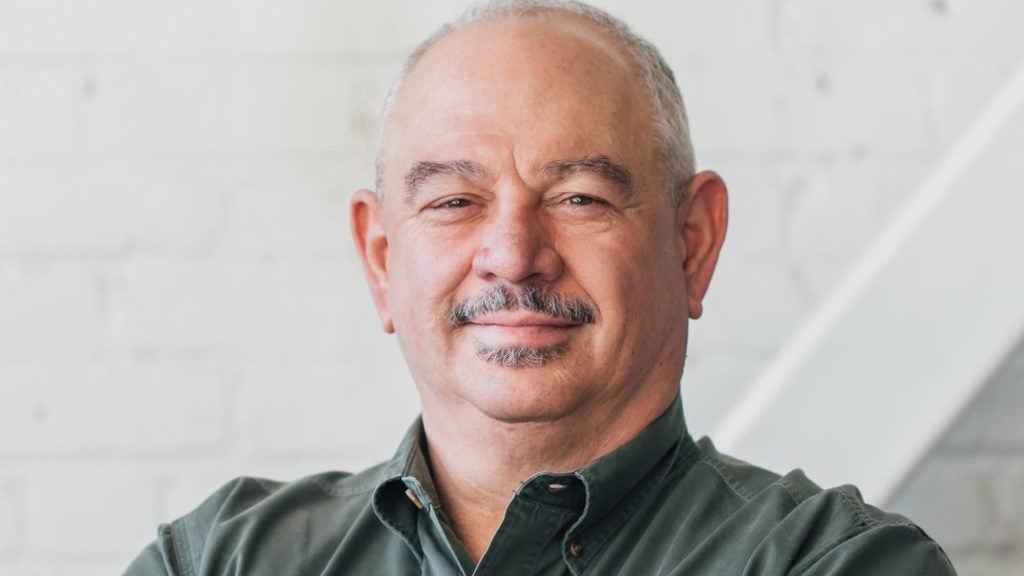
All aboard: containers
The choice of container for bulk wine depends on route length and conditions as well as budget.
Though shipping in bulk naturally provides a level of temperature control through sheer volume, dry containers can’t protect against exposure to extreme temperature fluctuations en route.
Refrigerated units – dubbed ‘reefers’ by logistics insiders – are more expensive and energy consuming but provide higher protection against heat damage.
But the crème de la crème of the container world is the flexitank. Flexitanks are a little like advanced bag-in-boxes that can carry up to 26,000 litres of wine. They are made from a polyethylene bag that fits inside a standard dry or refrigerated container – though most are shipped in the former.
“There have been significant advances in flexitank technology to reduce the chance of any quality issues with the wine, particularly around oxygen transmission rate which has greatly improved,” says Tracy Malone, logistics and customer operations manager at New Zealand wine group Indevin.
Bulk wine transport has come a long way from barrels on carts and sailing ships
Mads Aaboe, Hillebrand Gori
“Bulk wine transport has come a long way from barrels on carts and sailing ships,” adds Mads Aaboe, director of bulk wine and spirits at Hillebrand Gori, a major supplier of flexitanks. “The top priority in Hillebrand Gori’s flexitank design and production process is product protection.”
Hillebrand Gori’s flexitanks have a patented “protective barrier layer” that Aaboe says “plays a critical role in helping preserve the integrity of the wine – the aroma, taste and appearance”.
He adds: “Not all flexitanks on the market include a barrier layer, and this is important to mention as there can often be conflicting information on this, which can put customers at unnecessary risk.
“For a high-value product like wine, this added layer of protection is essential not only for quality assurance but also for protecting the financial investment of the customer.”
Hillebrand Gori uses meteorological data to predict temperature and humidity conditions at sea and can also install temperature sensors in its containers and flexitanks upon request.
“These are often integrated into the tank systems to continuously monitor the temperature of the contents,” says Aaboe. “They can store data that can be analysed later to assess temperature stability during transport.”
Can the temperature be tweaked en route? “In general, customers do not have direct control over the temperature of the container once it is in transit, mainly in ocean freight, unless they choose a reefer,” he adds.
Greencroft Bottling can handle wine arriving in both rigid and flexitanks and Elliot says: “Typically the quality of wine we receive from each format is of high quality.”
However, he adds: “There is always caution when new flexibag designs are introduced to the supply chain. Tried and tested bags are welcome. However, any newly designed bags would always request a trial period to ensure quality, stability and security are maintained.”

Contamination risk
Contamination has historically been an issue for bulk wine but Malone at Indevin is confident in today’s technology.
“Shipping in large format is very reliable,” she says. “Flexitanks are single-use and 100% recyclable, with no contamination risk. We use a sterile filter for additional protection when loading wine, we have our own filtration units at all sites.”
The Villa Maria brand owner is about to trial sending wine to the UK using 26,000-litre bags, compared to its present 24,000-litre flexitanks. “This will improve efficiency in transport costs and reduce our carbon footprint,” she adds.
Though a shame flexitanks cannot be reused and rely on local recycling infrastructure, Hillebrand Gori says this is necessary “to ensure the highest level of protection and prevent any risk of cross-contamination between shipments”.
“Wine is a sensitive product and even trace residues or taint compounds from a previous load could affect its quality,” explains Aaboe. “Cleaning and reusing liners would introduce unnecessary risk and compromise product integrity, especially for a beverage as delicate as wine.”
At bottling, Elliot says: “We have rigorous procedures to control cross-contamination including validated cleaning procedures, and all wines are segregated from arrival to bottling.
“Each wine is organoleptically assessed on arrival for taints and our lab analysts receive specific training for fault detection to assist in this assessment.
“To avoid taint from the dry goods, all suppliers must pass our approval process to ensure dry goods are of a high standard.”
With technical improvements securing ever-higher quality of shipping in bulk, Malone says: “We see it becoming the norm for the industry.” Perhaps labelling as ‘mis en gros réservoir au château’ might even catch on, too.


